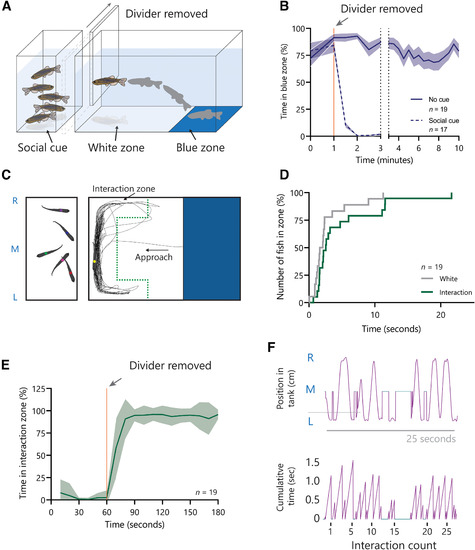- Title
-
Acute stress modulates social approach and social maintenance in adult zebrafish
- Authors
- Cook, A., Beckmann, H., Azap, R., Ryu, S.
- Source
- Full text @ eNeuro
|
|
|
A novel social behavior assay distinguishes between social approach and social maintenance behaviors. |
|
Social approach and social maintenance behaviors are modulated by the salience of the social cue. |
|
The LD stimulus presentation allows delivery of graded acute stress exposure. |
|
Social maintenance is modulated at a lower acute stress intensity than social approach. |





